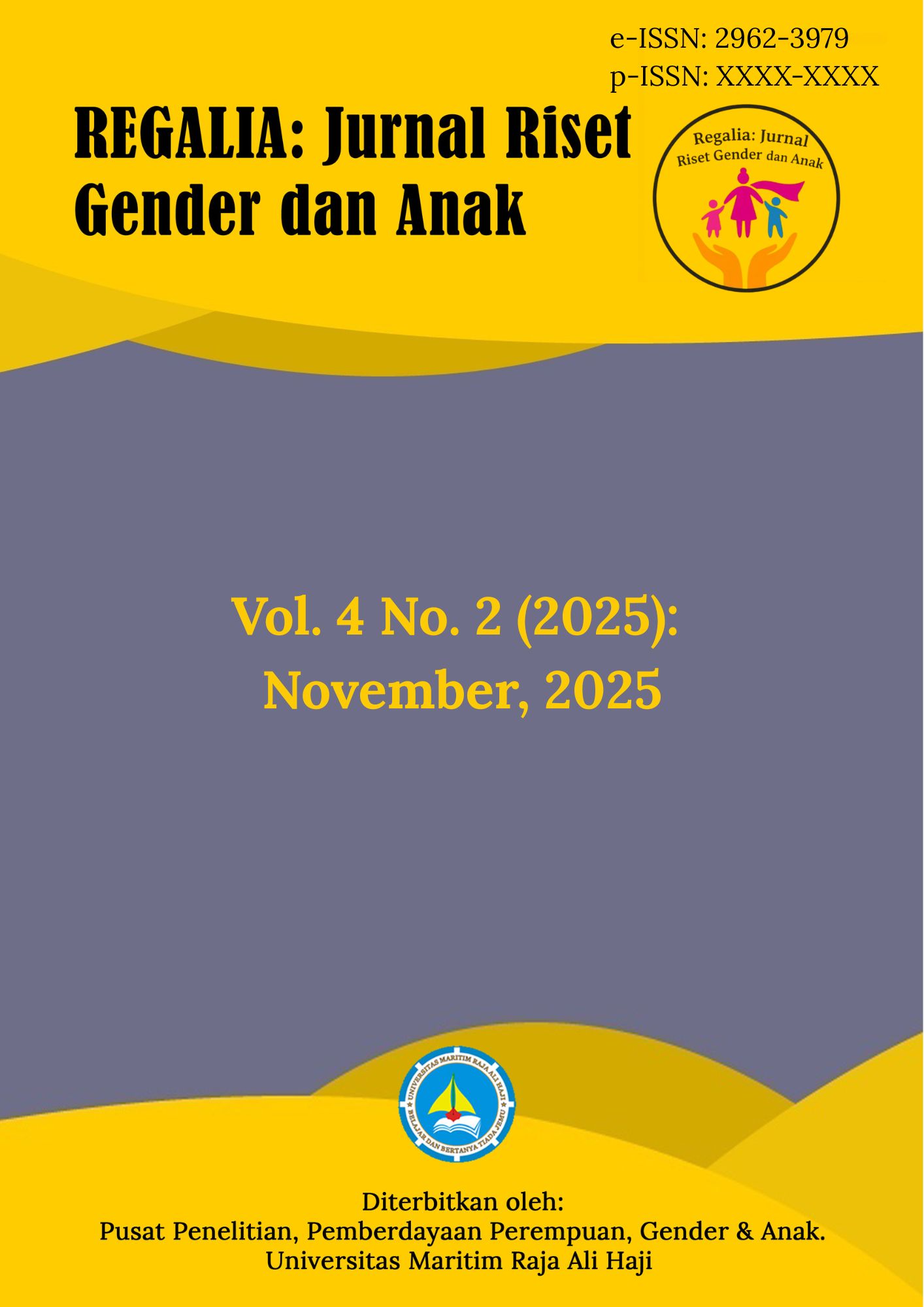ANALISIS FAKTOR PENDORONG PERDAGANGAN PEREMPUAN INDONESIA KE KAMBOJA DAN STRATEGI PEMULANGAN YANG EFEKTIF (STUDI KASUS TPPO DI KABUPATEN KARIMUN)
DOI:
https://doi.org/10.31629/8mfyyj77Keywords:
Human Trafficking, Women, Repatriation of VictimsAbstract
Human Trafficking Crimes (TPPO) are transnational crimes that violate human rights and have serious impacts on victims, especially women. This article aims to analyze the driving factors behind TPPO against Indonesian women to Cambodia, as well as to formulate effective strategies for the repatriation of victims. The study uses a normative legal approach by analyzing Law Number 21 of 2007 on the Eradication of TPPO and examining real cases involving a woman from Karimun Regency, Riau Islands. The findings indicate that the perpetrators' modus operandi has become increasingly sophisticated, utilizing social media to ensnare victims with promises of high-paying jobs. Vulnerability factors such as poverty, lack of information, and the weak socio-economic position of women are exploited by perpetrators through deception, forced labor, debt bondage, and communication cut-offs. This study highlights how the exploitation process is carried out systematically, from recruitment to being sent abroad, indicating the involvement of an organized human trafficking network. The strategy for repatriating victims of human trafficking cannot rely solely on logistical aspects but must include legal protection, psychological recovery, and social and economic reintegration. Challenges in repatriation include cross-border bureaucracy, victim identification, and the risk of revictimization if victims do not receive comprehensive support.This article recommends the need enhancing the capacity of families and communities in preventing human trafficking. This research is expected to contribute to the development of policies for the protection of female victims of human trafficking in Indonesia, particularly in the context of border areas and cross-border migration.
Downloads
References
Anugrah, Reza. 2025. “Intersectionality in the Maze of Oppression : A Feminist Criminology Analysis of Systematic Vulnerability and Exploitation of Indonesian Women Trafficked to Cambodia Intersectionality in the Maze of Oppression : A Feminist Criminology Analysis of Systematic Vulnerability and Exploitation of Indonesian Women Trafficked to Cambodia” 1 (1).
Dewi, Ayu Efrita, Abdu Rahman, Muhammad Farhan Nasution, Maritim Raja, Ali Haji, and Universitas Maritim Raja. 2023. “Peran Pemerintah Dalam Mengatasi Human Trafficking Di Kepulauan Riau.” Scientia Sacra: Jurnal Sains 3 (2): 37–47. http://pijarpemikiran.com/index.php/Scientia.
Joroh, Jenriani. 2018. “Perlindungan Hukum Bagi Tenaga Kerja Wanita (TKW) Terhadap Tindak Pidana Trafficking Dalam Perspektif Hak Asasi Manusia (HAM).” Lex Privatum VI (6): 70–77. https://ejournal.unsrat.ac.id/index.php/lexprivatum/article/view/21501.
Niko, N. (2016). Anak perempuan miskin rentan dinikahkan: Studi kasus hukum adat Dayak Mali Kalimantan Barat. Jurnal Perempuan, 88(21), 83-95.
Niko, N. (2017). Fenomena trafficking in person di wilayah perbatasan kalimantan barat. Raheema: Jurnal Studi Gender dan Anak, 4(1), 32-37.
Rahmaniah, S. E., Elyta, E., Amutahar, H., Niko, N., Fitriani, N. A., Hasni, M. M., & Sari, D. (2023). Unvealing Sex Addiction Among Child Victims of Sexual Crimes In Indonesia. Asian Journal of Management, Entrepreneurship and Social Science, 3(04), 1330-1349.
Undang-Undang Republik Indonesia Nomor 21 Tahun 2007 tentang Pemberantasan Tindak Pidana Perdagangan Orang.
Published
Issue
Section
License
Copyright (c) 2025 Ayu Efritadewi, Dea Ayu Putri Sunarto

This work is licensed under a Creative Commons Attribution-ShareAlike 4.0 International License.
Anda bebas untuk:
- Berbagi — menyalin dan mendistribusikan ulang materi dalam media atau format apa pun untuk tujuan apa pun, bahkan secara komersial.
- Mengadaptasi — mencampur, mengubah, dan membuat materi untuk tujuan apa pun, bahkan secara komersial.
- Pemberi lisensi tidak dapat mencabut kebebasan ini selama Anda mengikuti ketentuan lisensi.
Berdasarkan ketentuan berikut:
- Atribusi — Anda harus memberikan penghargaan yang sesuai, menyediakan tautan ke lisensi, dan menunjukkan jika ada perubahan yang dilakukan. Anda dapat melakukannya dengan cara yang wajar, tetapi tidak dengan cara yang menunjukkan bahwa pemberi lisensi mendukung Anda atau penggunaan Anda.
- BerbagiSerupa — Jika Anda mencampur, mengubah, atau membuat materi, Anda harus mendistribusikan kontribusi Anda di bawah lisensi yang sama dengan aslinya.
- Tidak ada batasan tambahan — Anda tidak boleh menerapkan ketentuan hukum atau tindakan teknologi yang secara hukum membatasi orang lain untuk melakukan apa pun yang diizinkan oleh lisensi.











